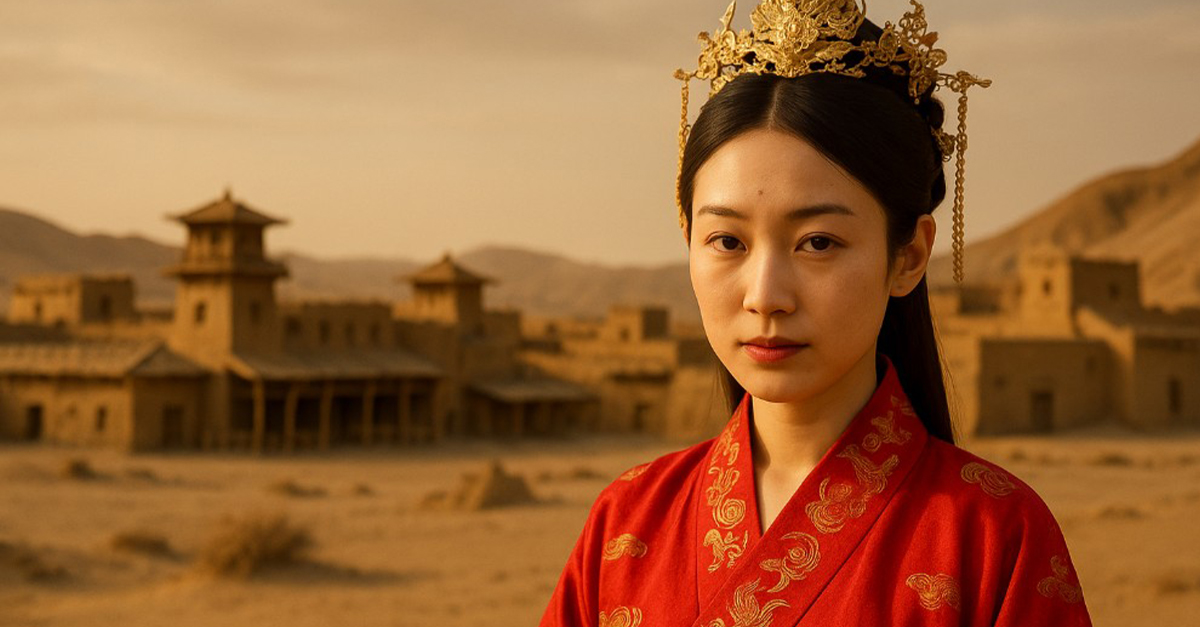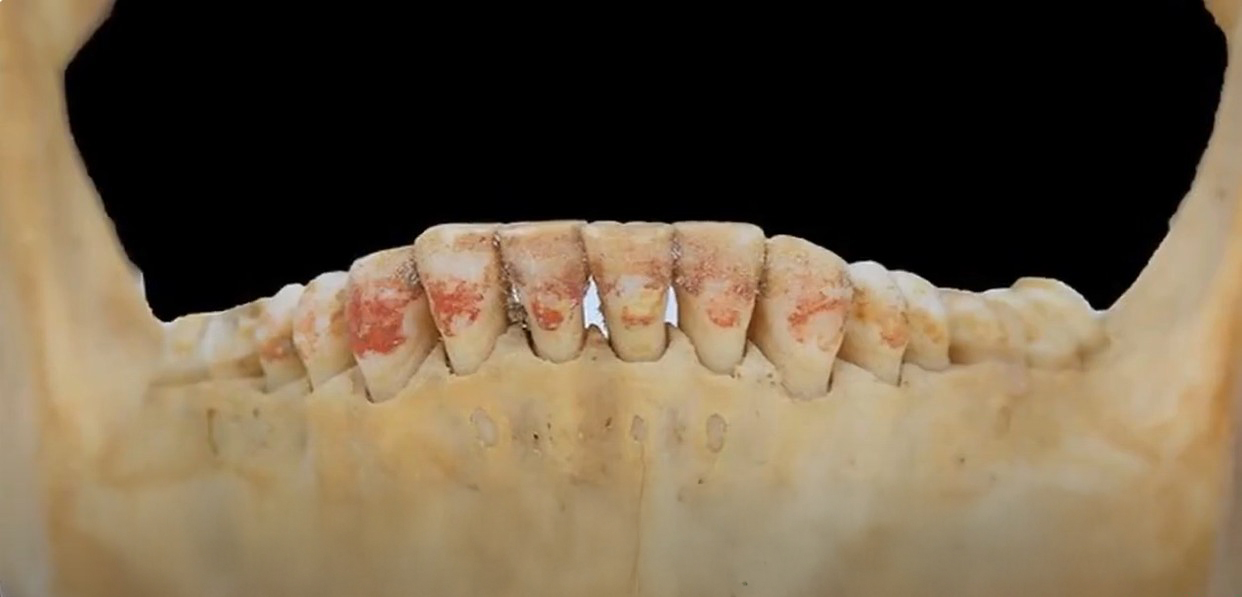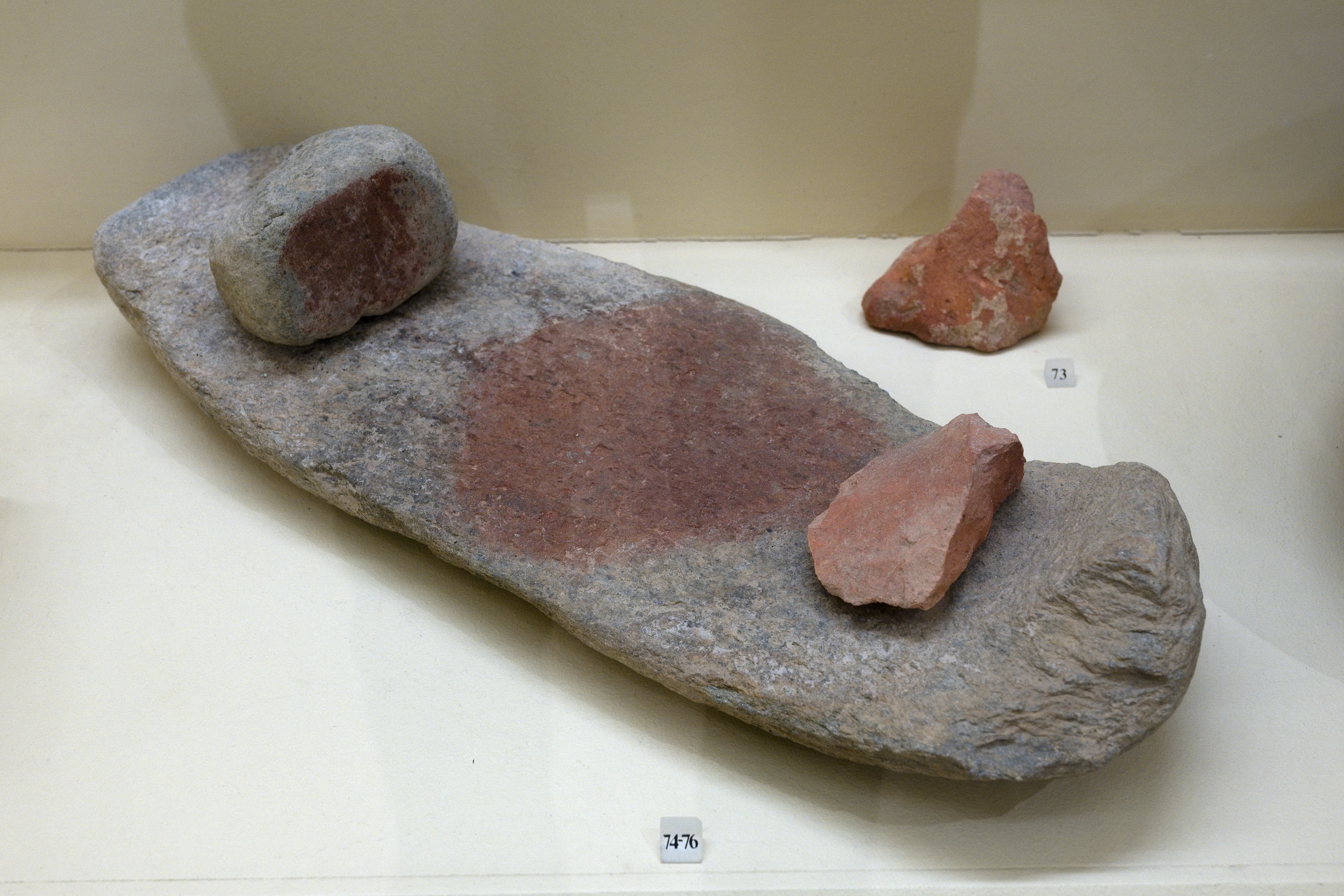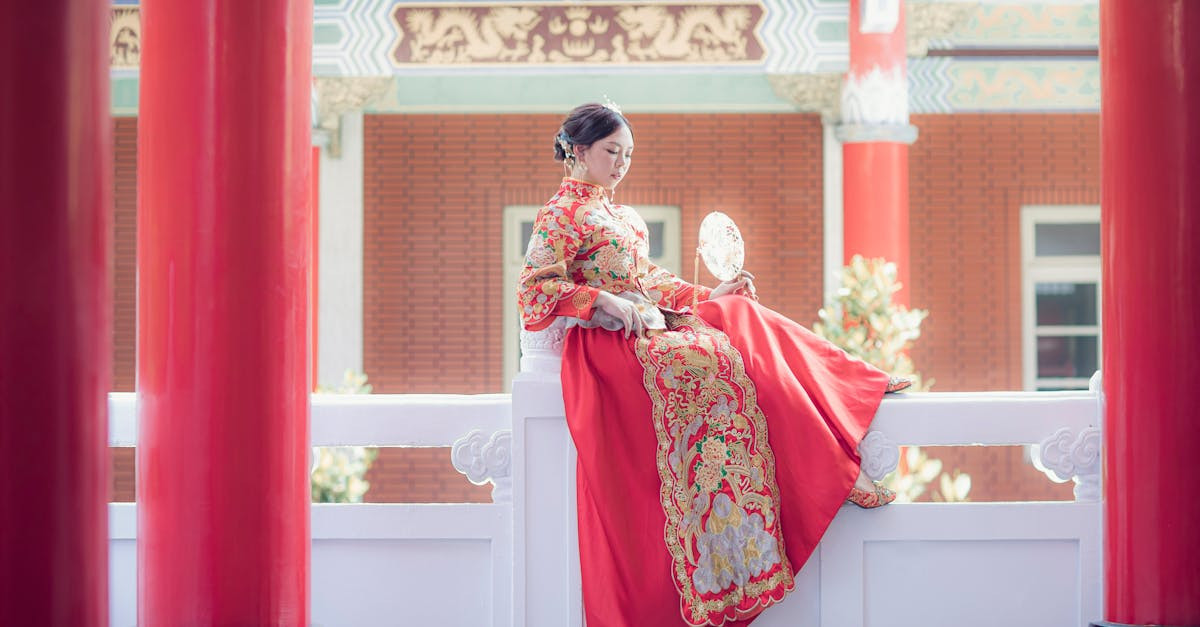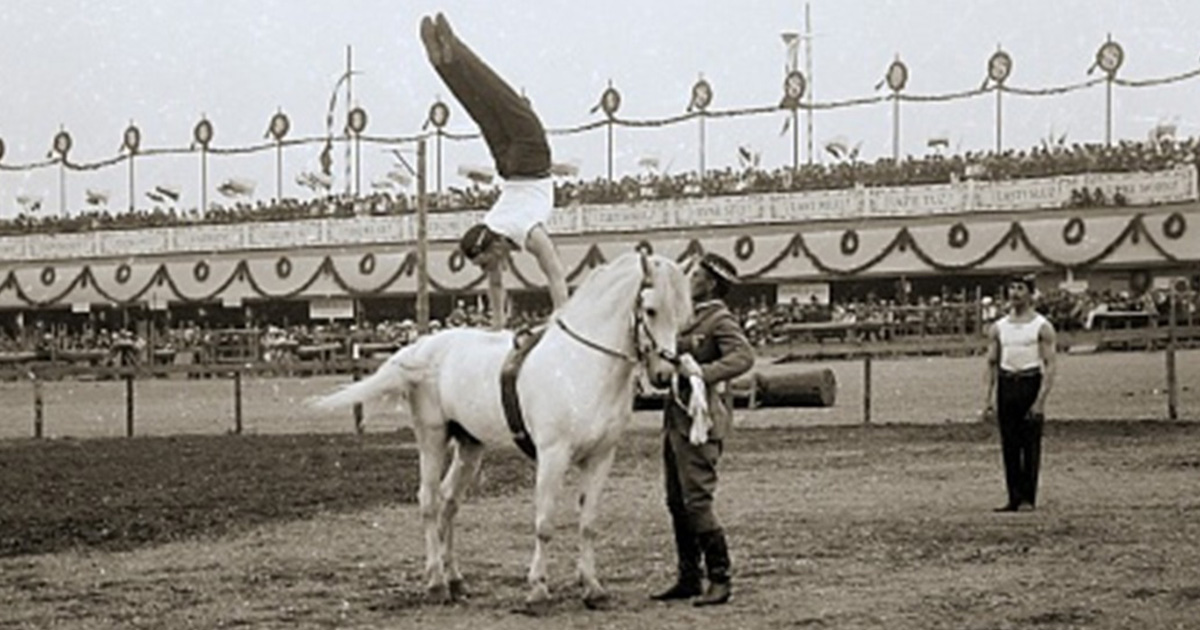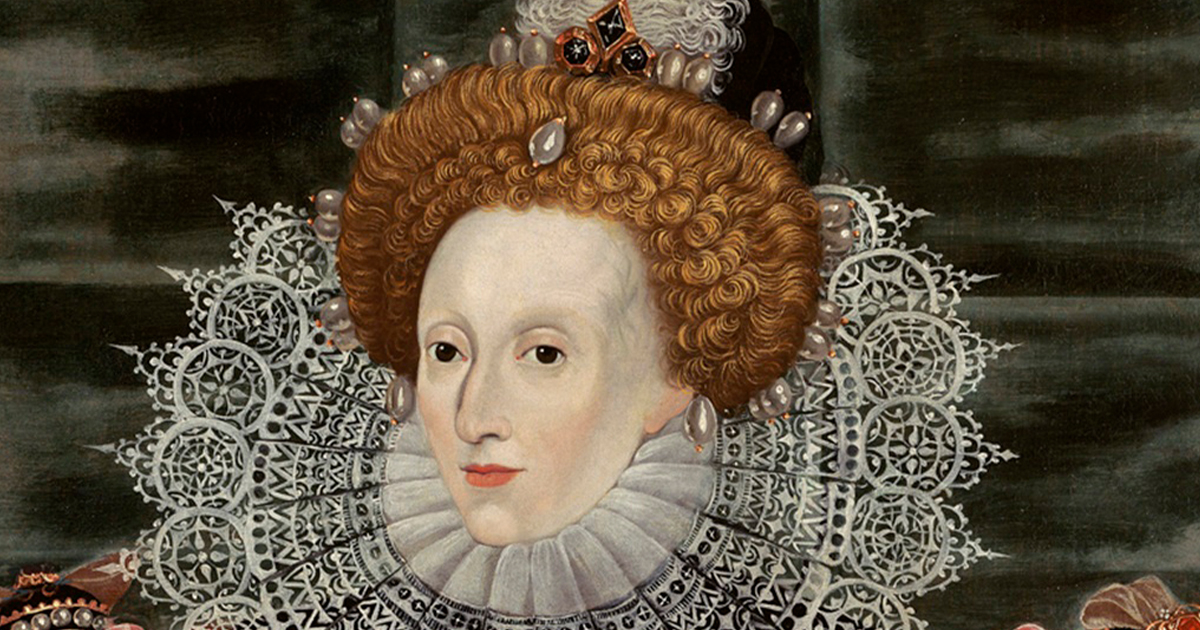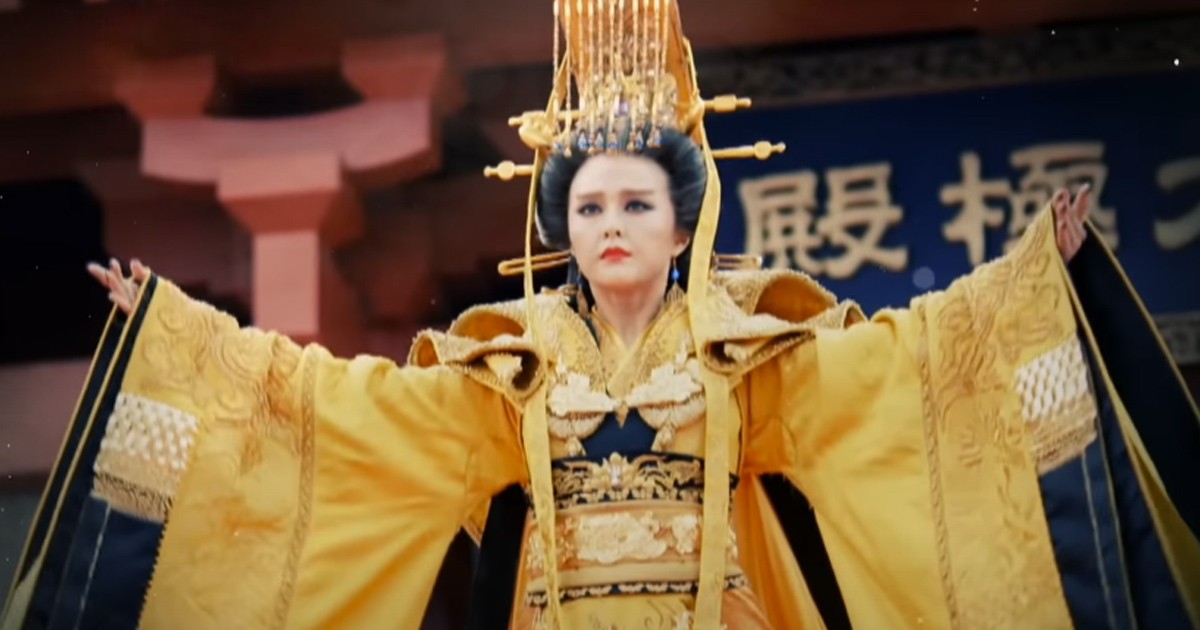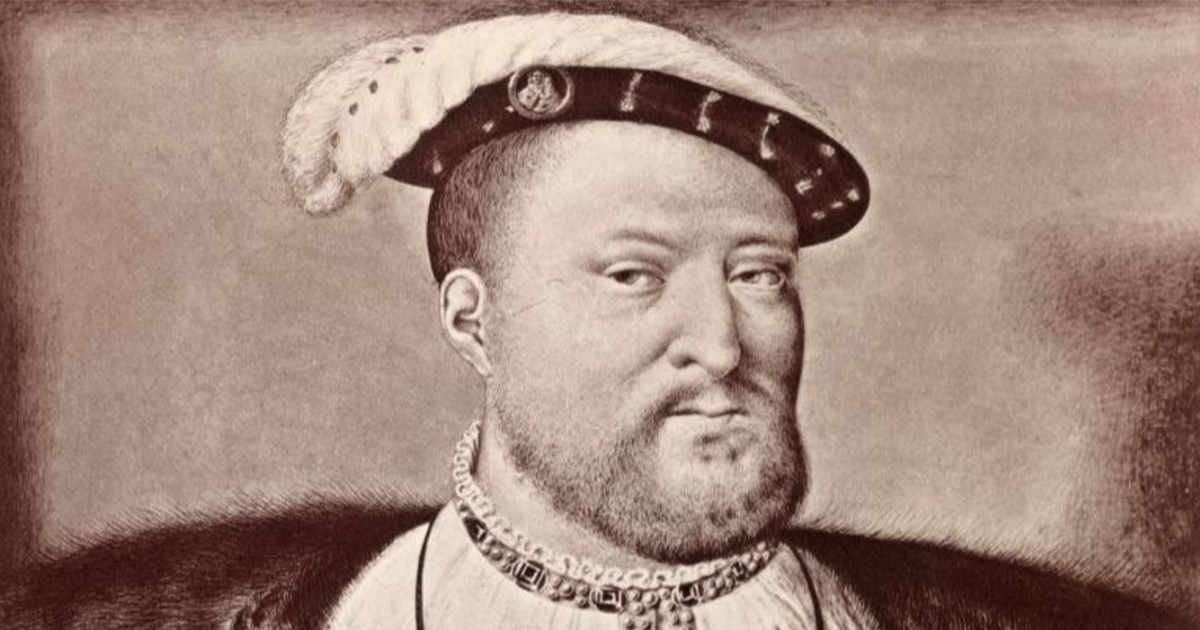In early 2025, archaeologists discovered the remains of a woman now called “The Red Princess of the Silk Road”. She was found in the ancient cemetery of Shengjindian in the Turpan area of northwest China, and her teeth were stained with the vivid red pigment cinnabar. It is the first known case of ancient humans dyeing their teeth, and offers us a glimpse into the ritual and cosmetic practices of early Silk Road cultures.
The Importance Of Cinnabar
The mineral cinnabar (mercury sulfide) historically was prized as a red pigment, and used in art, cosmetics, lacquerware, and ritual by many peoples of the world. In ancient China, cinnabar symbolized immortality and spiritual protection and it is frequently found in burial contexts like tomb adornments and body painting. Its presence on teeth suggests an unusual and powerful personal or ritual statement.
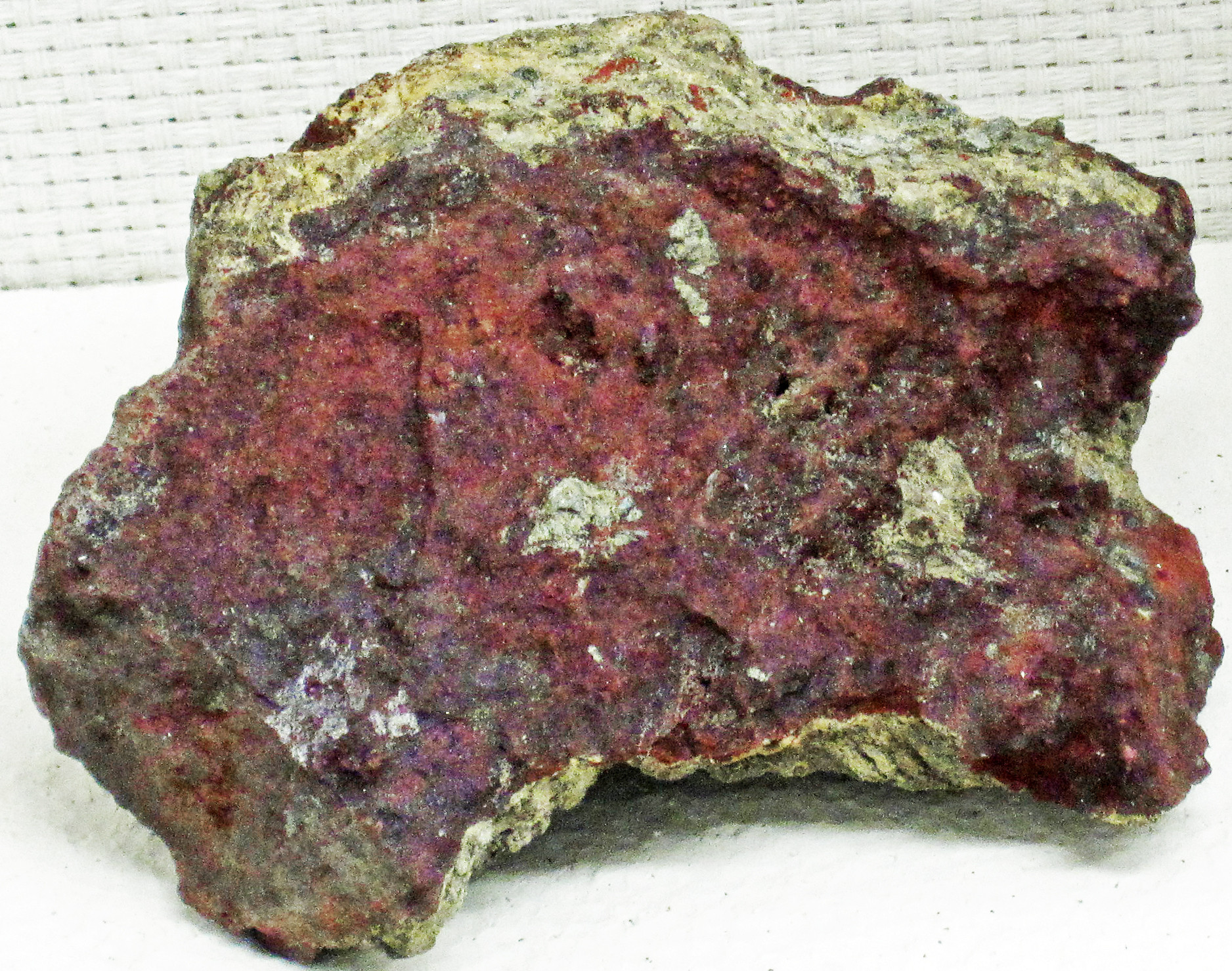 James St. John, Wikimedia Commons
James St. John, Wikimedia Commons
Turning A Smile Red
Advanced analysis, including Raman spectroscopy, X-ray fluorescence, and infrared, confirmed the red pigment on her teeth was cinnabar mixed with an animal-protein binder. It appears to be intentional and very likely done while she was alive. This signifies a conscious act of cosmetic or ritual adornment, and not a funerary accoutrement.
What About Mercury Poisoning?
Because cinnabar is an ore of mercury, repeated exposure by inhalation, ingestion, or skin contact can cause mercury poisoning. This affects the muscles, nervous system, and kidneys. Though direct evidence of poisoning in this individual wasn’t found, her regular exposure certainly raises the possibility that the red smile had some negative health effects.
Why Did They Stain The Teeth Red?
There are several possibilities that researchers have come up with: symbolic marking of elite or ritual identity; shamanic practices aimed at immortality or spiritual protection; cosmetic enhancement like rouge; or even medicinal application, similar to its early use in Chinese medicine. Red symbolized life, blood, and status, and so the woman’s red teeth had a larger cultural meaning.
Trade And Sources Of Cinnabar
There are no local cinnabar deposits in the Turpan area, which means the pigment was brought along ancient trade routes. The likeliest sources include central China, the Near East, or even Europe, which would confirm the existence of long-distance trade along the Silk Road in this early period.
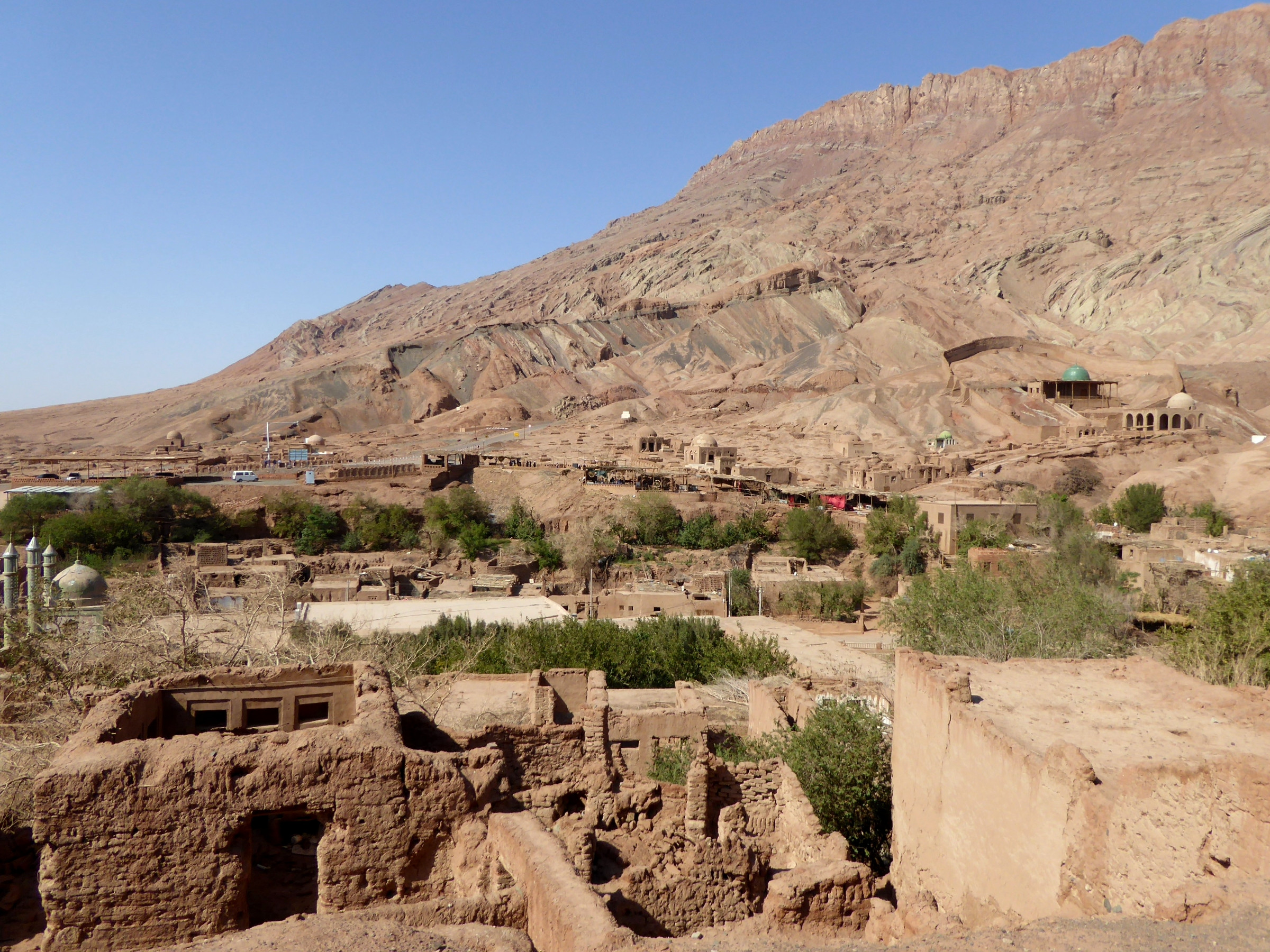 Hiroki Ogawa, Wikimedia Commons
Hiroki Ogawa, Wikimedia Commons
A Funeral Of A High-Status Person
The Red Princess was buried in Shengjindian Cemetery’s Grave M11 along with a child and three others. In the grave researchers also found goods including ceramics, wood items, bone combs, leatherware, silk, gold, and ornaments. The elaborate burial says she belonged to a higher social class, tying in with the interpretations of her cinnabar use as an elite class marker.
In A Class Of Its Own
This is the only known case of cinnabar staining human teeth ever found. It expands our understanding of how ancient people dealt with toxic minerals: not by avoiding them, but using them to find meaning, healing, status, or ritual, even at considerable physical risk.
What It Means For Ancient Identity
The find is part of a growing interpretive complexity in the Iron Age Western Regions. It’s beginning to sink in that communities along the early Silk Road corridors liked to use symbolic bodily adornment. They held definite beliefs about the potential for human immortality and spiritual power. The enigmatic smile of the Red Princess of the Silk Road is a unique and striking example of this.
The Quest To Dig Up More Clues
Research is still underway in a quest to clarify if the cinnabar caused health effects in the Red Princess or not, and if similar customs were in force elsewhere. Genetic and isotope analyses can illuminate her origins, mobility, and cultural connections. Keeping the site under wraps and supporting deeper archaeological work will enable us to finally hold in our hands the elusive secrets of early Silk Road customs and belief systems.
A Blood Red Siren Out Of The Past
The Red Princess of the Silk Road has added to our understanding of beauty, symbolism, and trade between different peoples in the ancient world. Her cinnabar-stained teeth symbolize the importance people placed on the need to express and protect themselves. The sophistication and splendor of these early Central Asian peoples will keep archaeologists and historians busy for many years to come.
You May Also Like:
The final resting place of Genghis Khan is one ancient mystery that might never be solved.
The First Rulers Of Kingdoms And Empires
Sources: 1, 2, 3, 4, 5, 6, 7, 8

